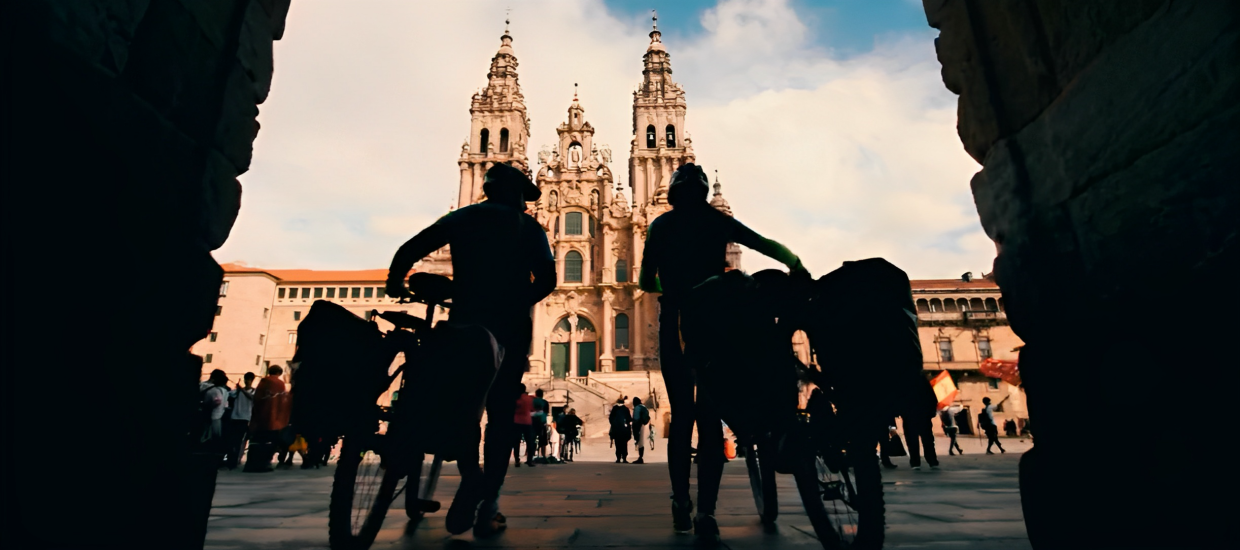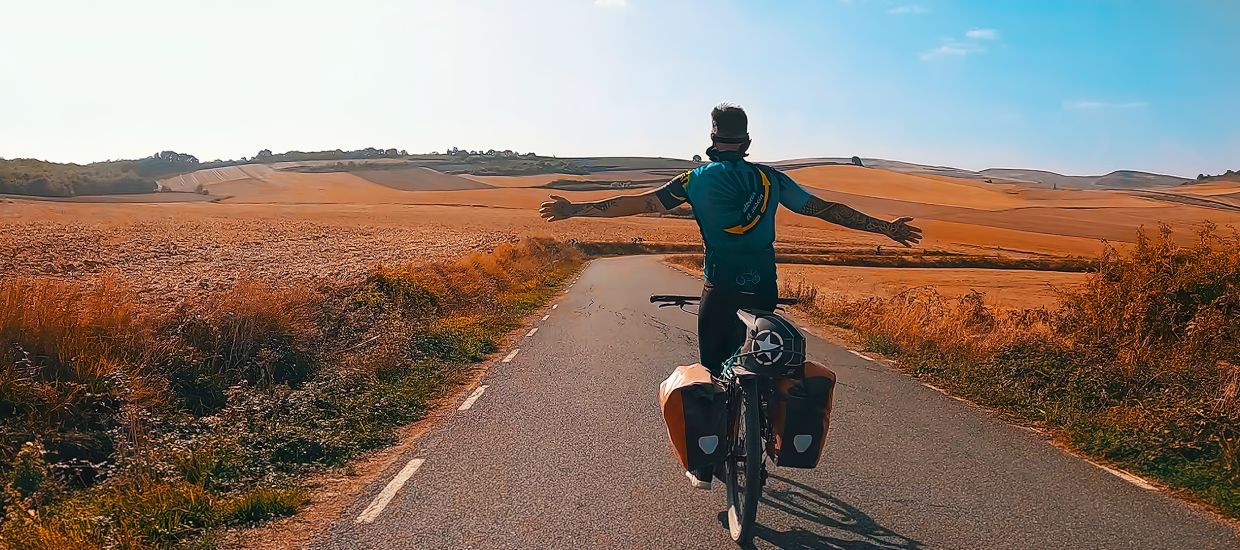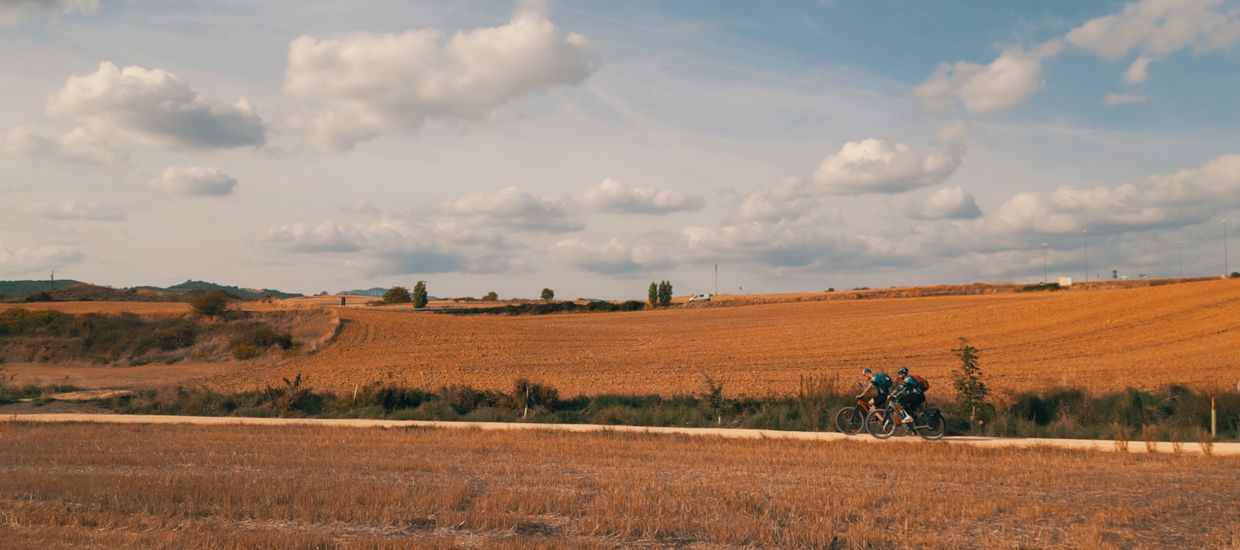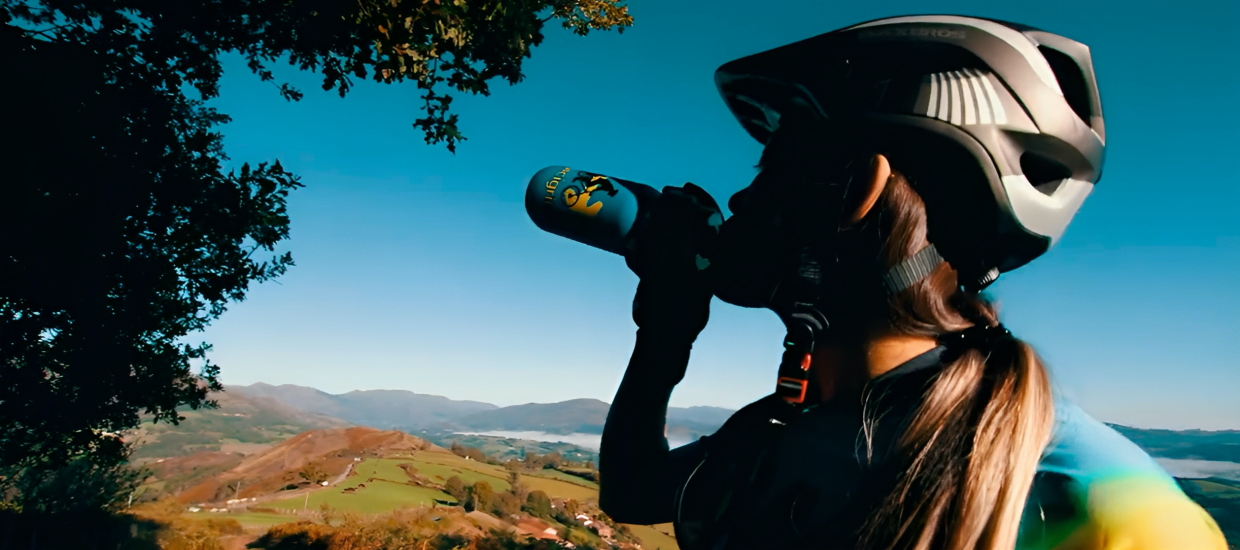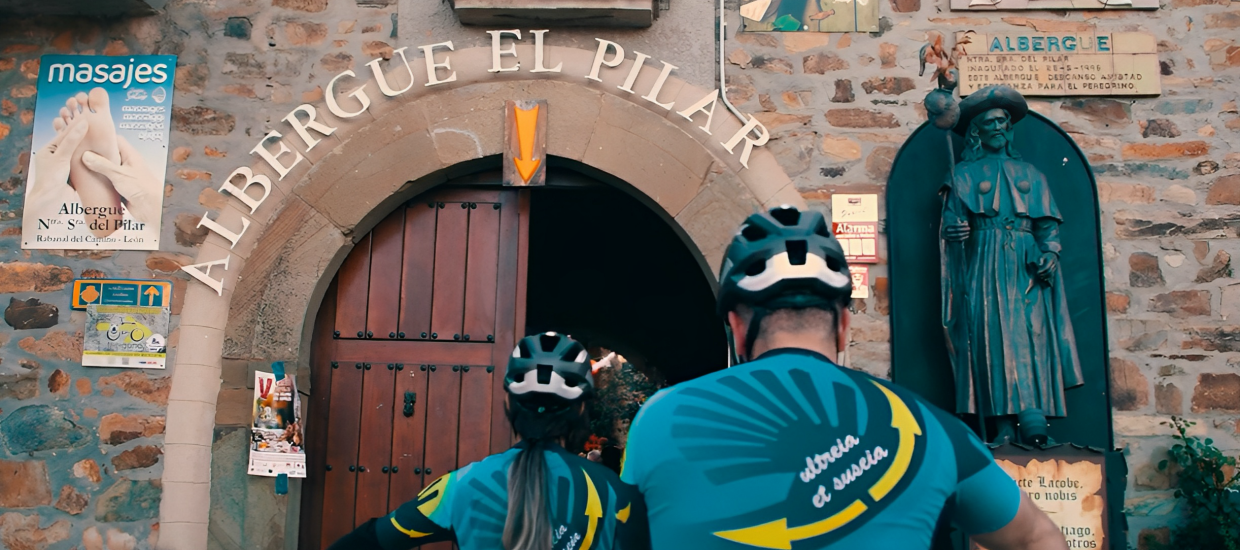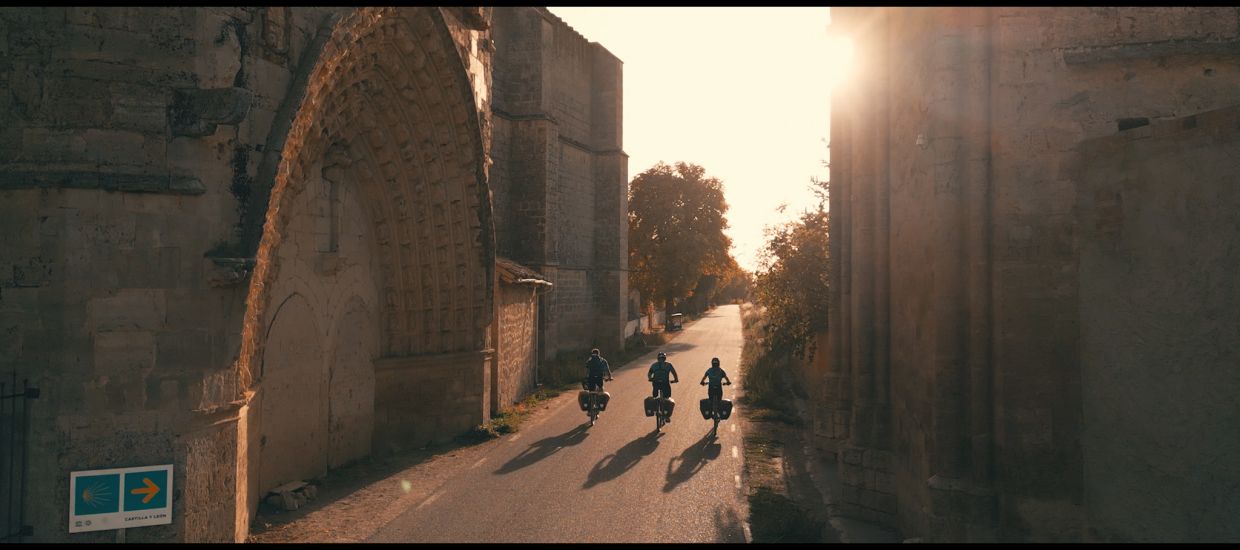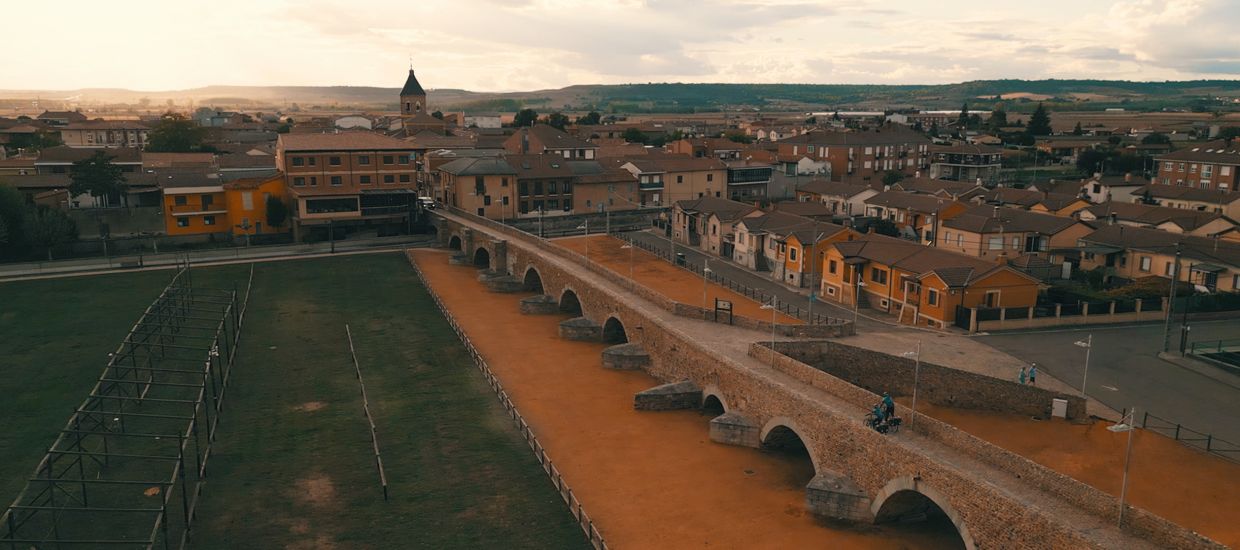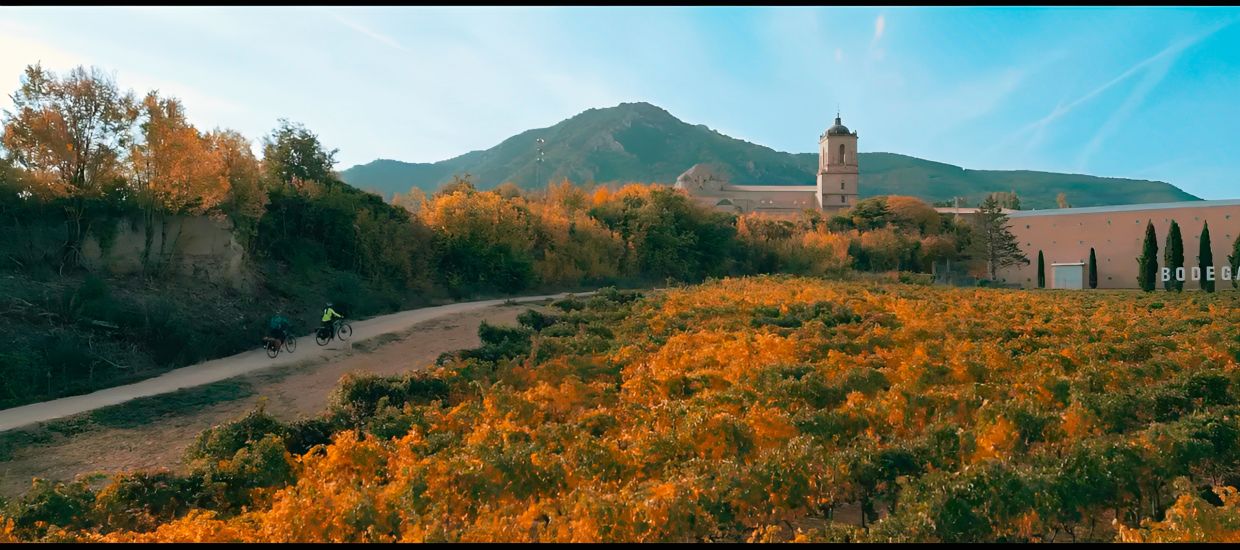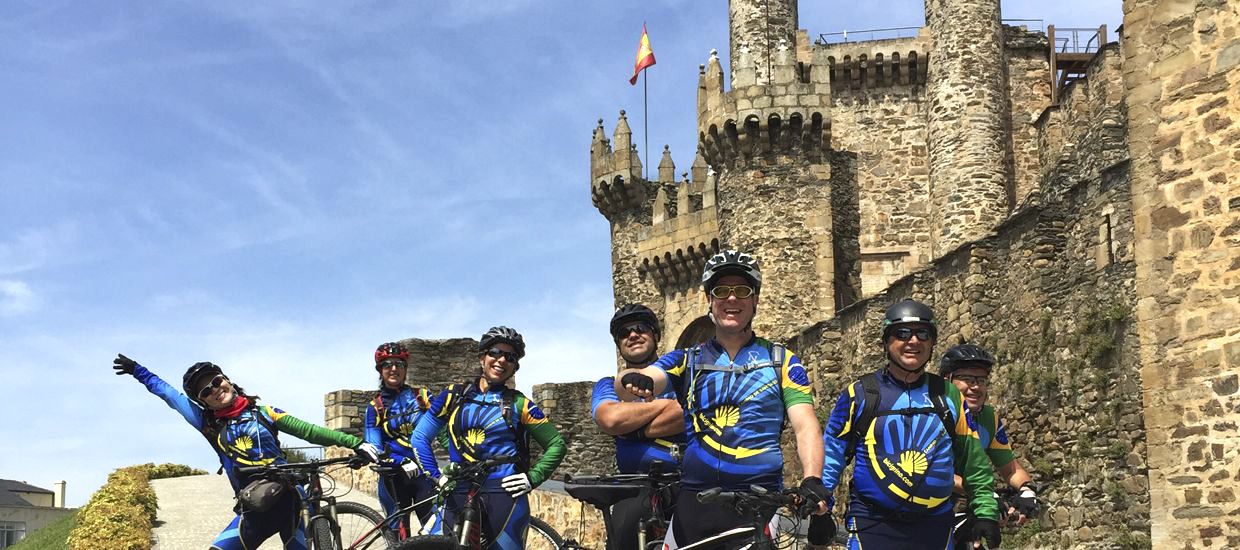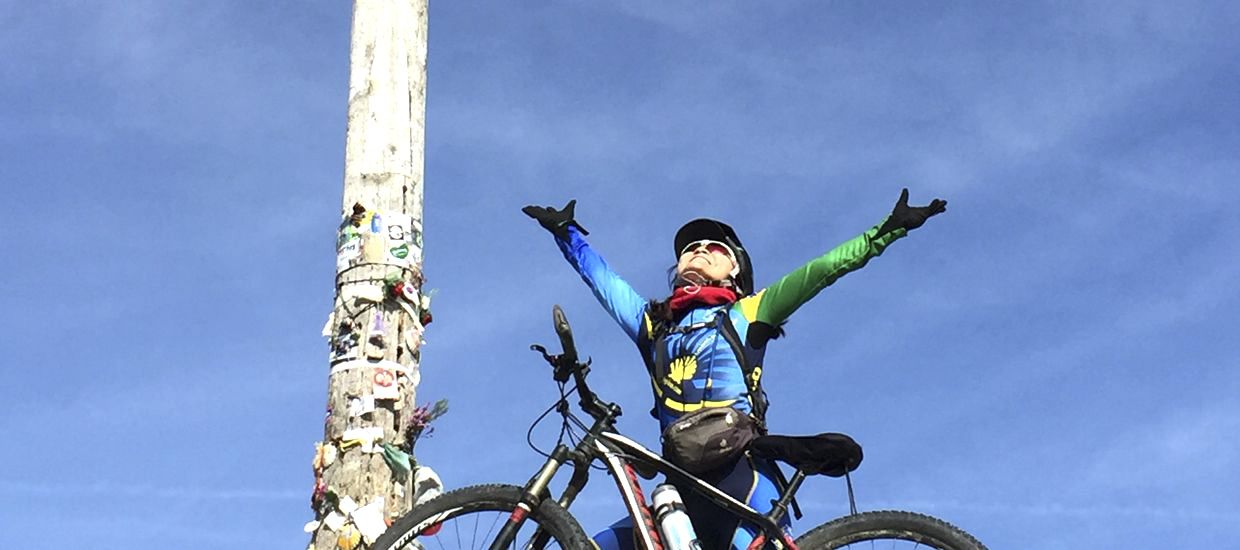Stage 7, Lédigos – León
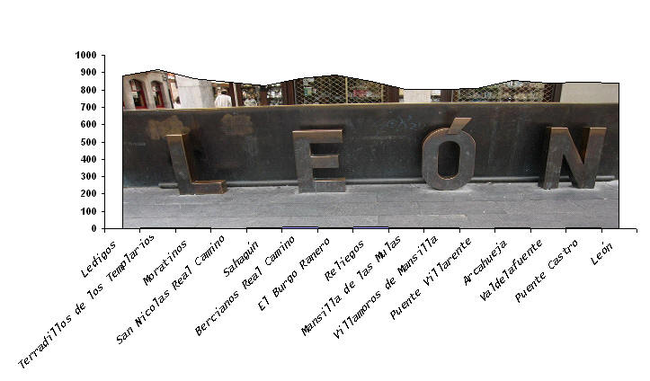

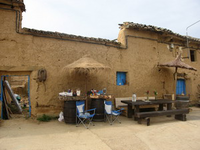
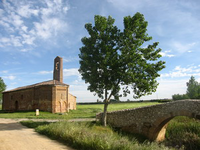
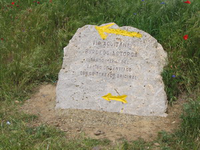
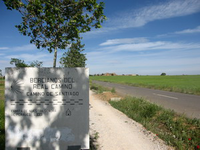
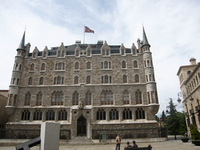
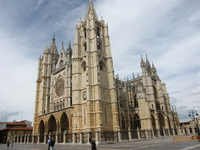
When leaving Ledigos we cross the road and continue along paths parallel to the road to reach Terradillos de los Templarios and from here to Moratinos, where we can see some curious houses (or wineries?) under mounds of earth.
Once in Moratinos, we can observe a curious oriental style bar, where we are offered tea and other products.
From San Nicolás, the last village in the province of Palencia, the route returns to meander again to cross the N-120 right on the provincial border with León. A short detour, which will make us enjoy the tranquility of the chapel of Virgen del Puente, will get us in front of a door that leads directly to the town of Sahagún.
We leave Sahagún across the del Canto bridge over the river Cea, through some poplars and by a path near the road we head to a fork in the route, where the choice in our case (bicycles) must be very clear: the real French Way, the other alternative offers the path of Trajana which is full of cobblestones, not desirable for bicycles, for our backsides and for our arms.
The choice of the French Way is no cause for excitement, because we will circulate across long and monotonous stretches of path with trees on the left (as I assume they were wrongly planted as they give shade to the road and not the pilgrims), but as I said before it is preferable to the cobblestones. At this stage it is advisable to travel on the road not for our comfort, but to not disturb the pilgrims who walk, because the asphalt runs parallel to the ground and it is pointless to make people depart as we pass along a path rather narrow.
Across this endless path with trees that do not provide shade and asphalt, we reach Burgo Ranero after 18 km. and continue in the same conditions 19 km. more for, after passing Reliegos, reach Mansilla de las Mulas, where the two alternatives meet, the one we followed the and the Trajana Path. The Camino is one once again.
We leave Mansilla by an old stone bridge and take a farm track that runs along the side of the road and reach Villamoros de Mansilla. From there we go to Puente de Villarente, where near busy roads, gas stations and other services we can feel the proximity of the capital.
We are approaching Leon, we pass through some towns with not much to see, such as Arcahueja, Valdelafuente, Puente Castro and finally after a long descent along a highway we reach León, where confusion and lack of signage await us, yellow arrows are conspicuously absent, both on entry and exit. It seems that the Camino is indicated by scallop-shaped signals made of bronze that are on the ground and that blend in with the asphalt, almost impossible to follow using a bicycle.
Leon is a beautiful city, its cathedral is wonderful and the wet district is undescribable, but the signaling of Camino de Santiago leaves much to be desired. Luckily, the villagers gladly volunteer to show us the route.
Already in our destiny, in the hostel of Carbajalas nuns, we get free hosting (you pay as you will), pilgrim mass and free breakfast.

Earth

Tracks GPS
